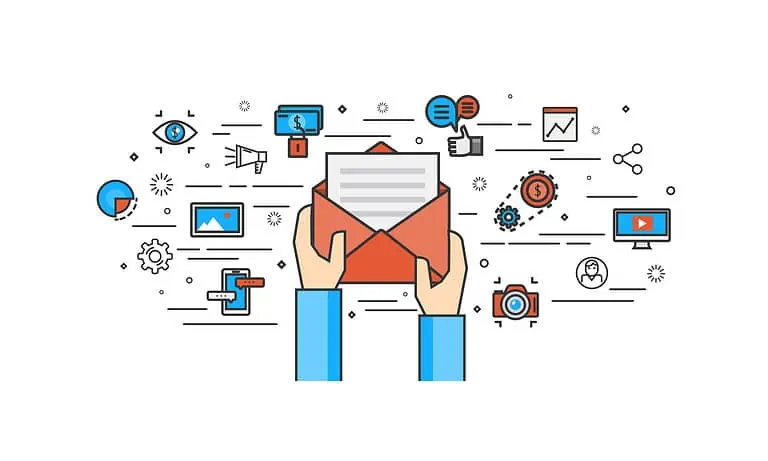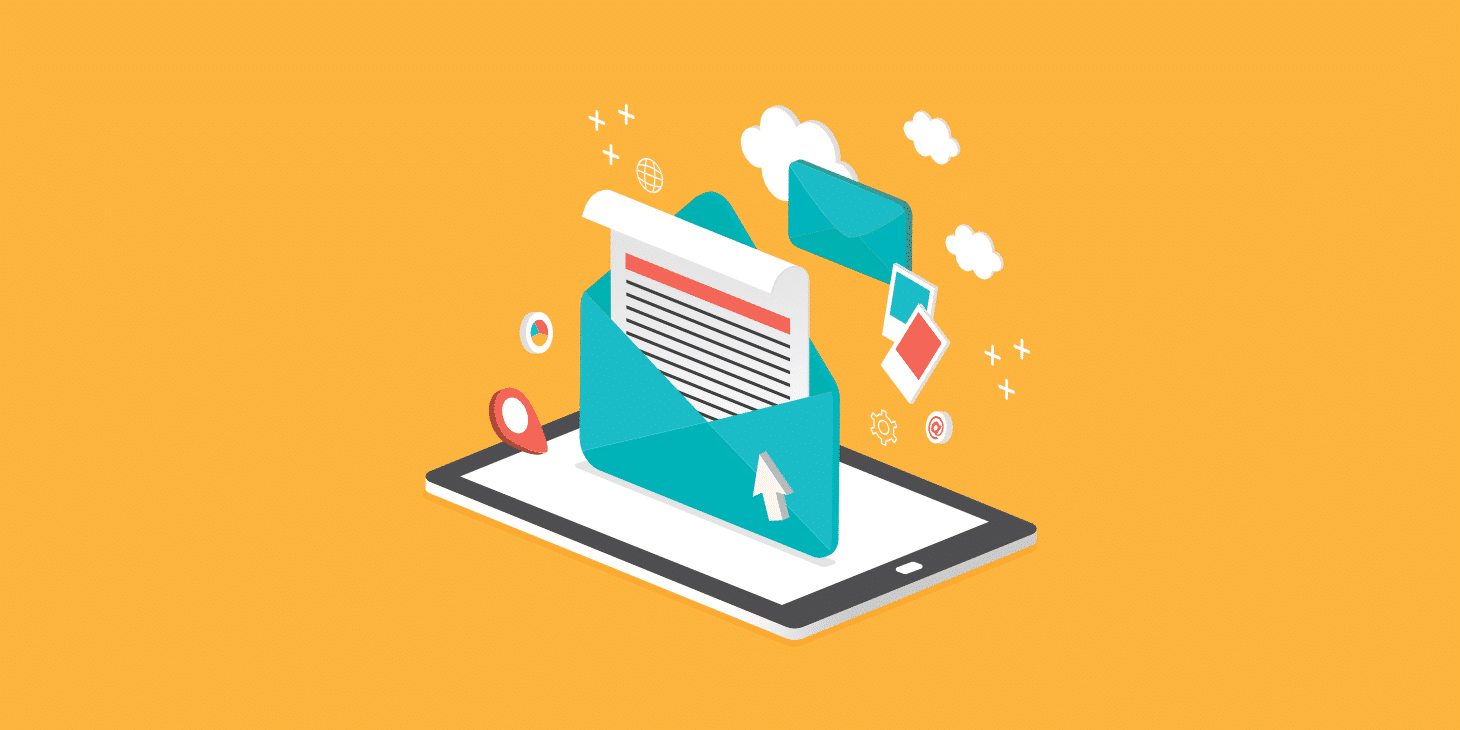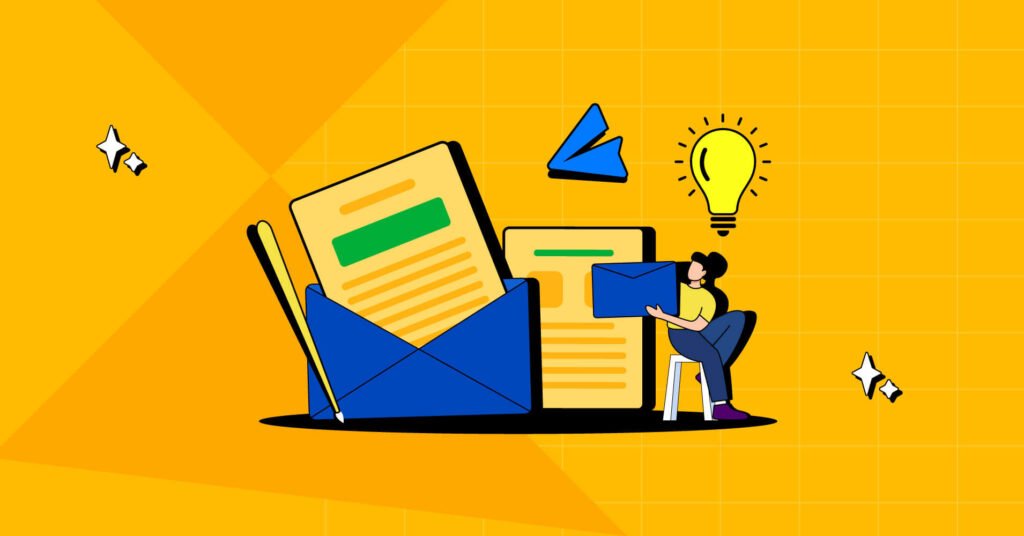Hey man! So… email marketing copywriting. You know those emails you get that make you instantly want to click and buy? That’s the power of high-impact email copywriting! It’s about using words that sell, engage your readers, and make them take action. By mastering persuasive email marketing techniques, you can create messages that resonate with your audience and drive conversions. These techniques often involve understanding your target market, crafting compelling subject lines, and delivering value in every email. When executed effectively, your email campaigns won’t just be opened; they’ll be action-packed opportunities for engagement and sales.
Ready to unlock the secrets of email copywriting that converts? Let’s dive in!
What is Email Copywriting and Why Should You Care?
Email copywriting is the art of writing words that sell through email. It’s more than just writing a subject line and some body text—it’s about understanding your audience, their needs, and desires, and then crafting a message that resonates with them. Think of it as having a conversation with your friend and subtly guiding them towards an awesome deal or product.
So why should you care? Well, for starters, email marketing offers a whopping $42 return for every $1 spent. That’s a crazy good ROI! Great email copy is the key to unlocking this profitability. It helps you:
- Build strong relationships with your subscribers.
- Drive sales and boost revenue.
- Increase brand awareness and loyalty.
- Achieve your marketing goals faster and more effectively.

The Anatomy of a High-Converting Email
Before we jump into specific strategies, let’s break down the essential elements of a killer email:
1. Subject Line: The Ultimate Clickbait
Think of your subject line as the headline of your email—it’s the first thing people see, and it’s what determines whether they open your email or send it straight to the trash. A killer subject line:
- Piques curiosity: Makes readers want to know more.
- Highlights benefits: Tells readers what they’ll gain by opening.
- Creates urgency: Encourages readers to open now before they miss out.
- Uses power words: grabs attention and evokes emotion.
Think of it this way: Your subject line should be like a delicious appetizer that leaves your readers craving the main course (your email content).
2. Preview Text: The Sneak Peek That Seals the Deal
Preview text is that snippet of text you see right below the subject line. It’s your chance to give readers a sneak peek of what’s inside and entice them to open. Here’s how to make the most of it:
- Expand on your subject line: Provide more context or tease additional benefits.
- Include a clear call to action: Encourage readers to open immediately.
- Keep it concise: Aim for around 90 characters or less.
Think of it as a movie trailer that highlights the most exciting parts of your email.
3. Email Body: Where the Magic Happens
This is where you deliver on the promises you made in your subject line and preview text. Your email body should be:
- Well-structured: Use headings, subheadings, bullet points, and white space for readability.
- Engaging: Write in a conversational tone, as if you’re talking to a friend.
- Focused: Stick to one main goal and make it crystal clear what you want readers to do.
Pro tip: Think of your email body as a story. It should have a beginning (introduction), a middle (the meat of your message), and an end (your call to action).
4. Call to Action (CTA): The Guiding Light
Your CTA is the button or link that tells readers what you want them to do. A strong CTA:
- Uses action-oriented language: “Shop Now,” “Get Your Free Trial,” “Download Your Guide.”.
- Is visually prominent: Stands out from the rest of the email.
- Creates urgency: Encourages readers to act now.
Think of it as a giant, glowing arrow pointing readers in the right direction.

Copywriting Secrets to Unleash Your Inner Email Marketing Rockstar
Now that you know the basic anatomy of a killer email, let’s get to the good stuff—the secrets to crafting email copy that converts like crazy!
1. Know Your Audience Like the Back of Your Hand
Before you write a single word, you need to understand who you’re writing to. What are their pain points? What are their desires? What motivates them to take action?
Pro tip: Create detailed customer personas. These are fictional representations of your ideal customers that help you visualize who you’re talking to and what they care about.
2. Unleash the Power of Personalization
People love to feel special. Use personalization to make your emails feel like they were written just for them. Here are a few ways to do it:
- Use their name: Address them by name in the subject line and email body.
- Segment your list: Send different emails to different groups of subscribers based on their interests, purchase history, or engagement level.
- Recommend relevant products: Suggest products or content based on their past behavior.
3. Speak Their Language (Literally)
Avoid using jargon or technical terms that your readers might not understand. Instead, write in a conversational tone, using language that feels natural and authentic. Imagine you’re writing to a friend—how would you talk to them?
Pro tip: Read your email copy out loud. Does it sound like something you’d actually say to someone?
4. Hit Them Right in the Feels
Emotions drive action. Tap into your readers’ emotions by using storytelling, humor, or even a little bit of fear of missing out (FOMO). Just make sure it’s authentic and aligns with your brand voice.
5. Show, Don’t Just Tell
Don’t just tell your readers how great your product is—show them! Use vivid language, compelling visuals, and social proof to back up your claims.
6. Make It Mobile-Friendly or Else!
Most people check their email on their phones these days. Make sure your emails are optimized for mobile devices. This means using a responsive design, short paragraphs, and a clear font that’s easy to read on a small screen.
7. Test, Test, and Test Some More
There’s no one-size-fits-all approach to email copywriting. What works for one audience might not work for another. The best way to find out what resonates with your subscribers is to A/B test different elements of your emails, such as subject lines, calls to action, and email length.

Conclusion
Email marketing is a powerful tool for any business, but it’s only as effective as the copy you write. By following these tips, you can craft email copy that converts like crazy and helps you achieve your marketing goals. Remember, it’s all about connecting with your audience, building relationships, and providing value.
FAQs
Is email copywriting the same as content marketing? While both involve writing persuasive content, email copywriting is specifically focused on getting readers to take action within an email. Content marketing is broader and encompasses various types of content, such as blog posts, social media updates, and videos.
How can I improve my email open rates? The key to higher open rates lies in crafting killer subject lines. Use power words, personalization, and a sense of urgency to make your subject lines irresistible.
What’s the best way to write a call to action? Use action-oriented language, make it visually prominent, and create a sense of urgency. Your CTA should tell readers exactly what you want them to do and make it easy for them to take action.

